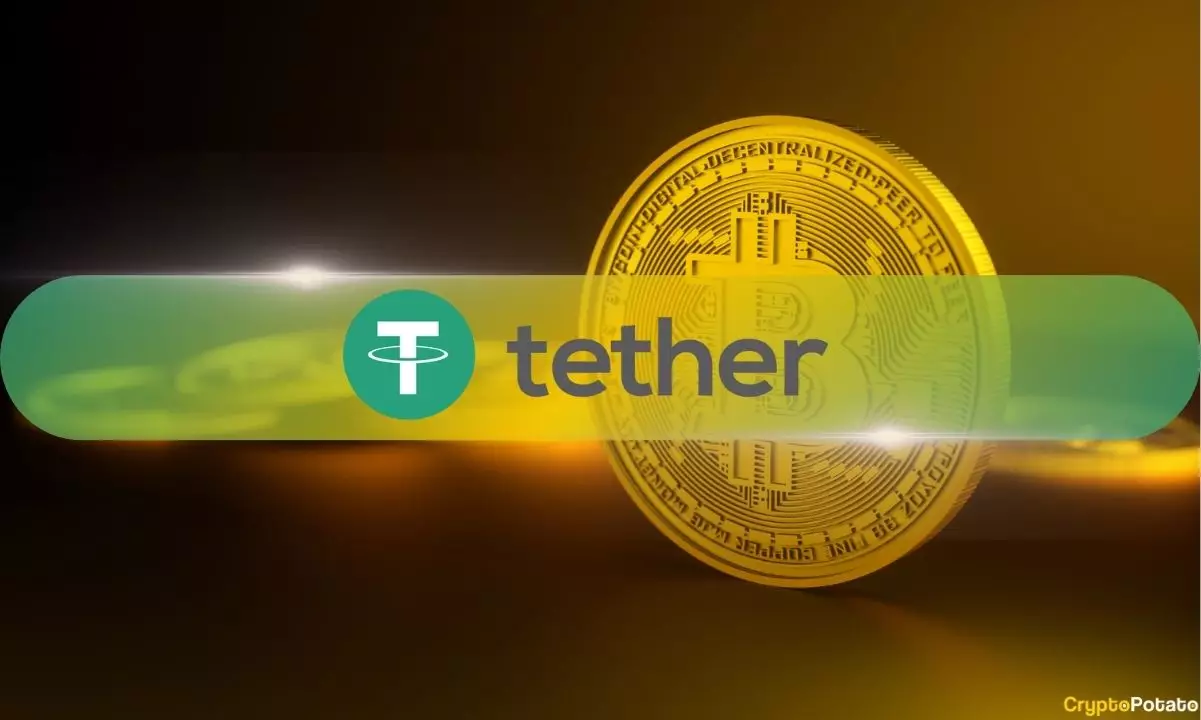In a groundbreaking move for the cryptocurrency space, Tether, known for its popular stablecoin USDT, has announced its integration into Bitcoin’s ecosystem. This integration not only touches upon Bitcoin’s base layer but also leverages the Lightning Network to enhance efficiency and transaction speed. This revelation was shared by Tether’s CEO Paolo Ardoino and Elizabeth Stark, CEO of Lightning Labs, during the inaugural Plan ₿ Forum held in El Salvador.
At the heart of this integration lies the Taproot Assets protocol, which was developed following the Taproot upgrade in Bitcoin’s codebase. By using this advanced protocol, both Tether and Lightning Labs aim to bolster Bitcoin’s decentralized and secure nature while simultaneously facilitating practical solutions for a range of financial transactions. Ardoino emphasized the commitment of Tether to innovation, indicating that incorporating USDT into the Lightning Network will enhance the usability of Bitcoin for remittances, payments, and other financial services requiring robust performance metrics.
Once fully integrated, the Lightning Network will enable users to conduct cross-border transactions using USDT seamlessly. This is significant because it promises not only rapid settlement of transactions but also markedly lower fees compared to traditional networks. For businesses already harnessing the Lightning Network for Bitcoin transactions, this development eliminates the need for them to overhaul their existing frameworks, allowing for a smoother transition to include USDT in their operations.
Moreover, there is a forward-thinking application potential here as well; with USDT on Bitcoin, machine-to-machine transactions become viable. Such capabilities could pave the way for futuristic applications, inclusive of those driven by AI that could revolutionize traditional payments and automated interactions between autonomous systems.
The integration of USDT with Bitcoin has wider implications for the decentralized finance (DeFi) sector. It opens the door for various financial applications such as lending, trading, and the execution of on-chain financial instruments. In an evolving digital financial landscape, this synergy could accelerate the adoption of DeFi products on the Bitcoin network, which has traditionally lagged behind Ethereum in these areas.
Interestingly, this announcement follows Tether’s recent move to El Salvador, where it acquired a Digital Asset Service Provider license. El Salvador has positioned itself uniquely in the crypto world as the first country to recognize Bitcoin as legal tender. This backdrop creates an environment ripe for innovation, evidenced by the launch of the Chivo Wallet—developed to support Bitcoin payments through the Lightning Network. Initially, merchants were required to accept Bitcoin; however, regulatory pressures have since led to a shift in this requirement.
The integration of USDT into Bitcoin’s ecosystem not only showcases Tether’s commitment to innovation but also signifies a crucial step towards enhancing the functional capabilities of Bitcoin. By facilitating faster and cost-efficient transactions, Tether and Lightning Labs are strategically positioning Bitcoin to play a larger role in the future of financial applications globally.














Leave a Reply